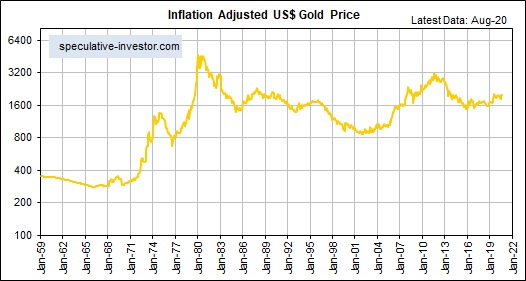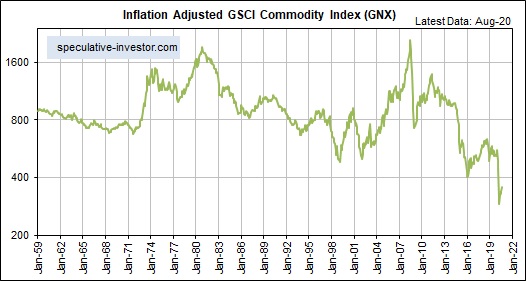The Quantity Theory of Money (QTM) has been around since the time of Copernicus (the 1500s). In its original and most basic form it held that the general price level would change in direct proportion to the change in the supply of money, but to get around the problem that what was observed didn’t match this theory it was subsequently ‘enhanced’ by adding a fudge factor called “velocity”. From then on, rather than being solely a function of the money supply it was held that the general price level was determined by the money supply multiplied by the velocity of money in accordance with the famous Equation of Exchange (M*V = P*Q)**. However, adding a fudge factor that magically adjusts to be whatever it needs to be to make one side of a simplistic equation equal to the other side doesn’t help in understanding how the world actually works.
The great Austrian economists Carl Menger and Ludwig von Mises provided the first thorough theoretical refutation of the QTM, with Mises building on Menger’s foundation. The refutation is laid out in Mises’ Theory of Money and Credit, published in 1912.
According to the ‘Austrian school’, one of the most basic flaws in the QTM and in many other economic theories is the treatment of the economy as an amorphous blob that shifts one way or the other in response to stimuli provided by the government, the central bank, or a vague and unpredictable force called “animal spirits”. This is not a realistic starting point, because the real world comprises individuals who make decisions for a myriad of reasons and can only be understood by drilling down to what drives these individual actors.
For example, with regard to money there is supply and demand as there is with all other economic goods, but money demand cannot be properly understood as an economy-wide number. This is because the economy or the community or the country is not an entity that transacts. That is, a country doesn’t buy, sell, save or invest; only individuals — or organisations directed by individuals — do. Therefore, it is only possible to understand money demand by considering the subjective assessments of individuals.
The word “subjective” in the preceding sentence is important, because two individuals with objectively identical economic situations could have very different demands for money in the future due to having different desires and personal goals.
As Mises explains:
“The demand for money and its relations to the stock of money form the starting point for an explanation of fluctuations in the objective exchange value [purchasing power] of money. Not to understand the nature of the demand for money is to fail at the very outset of any attempt to grapple with the problem of variations in the value of money. If we start with a formula that attempts to explain the demand for money from the point of view of the community instead of from that of the individual, we shall fail to discover the connection between the stock of money and the subjective valuations of individuals — the foundation of all economic activity. But on the other hand, this problem is solved without difficulty if we approach the phenomena from the individual agent’s point of view.”
When it is understood that the overall demand for money is the sum of the demands of all the individuals and that each individual’s demand is subjectively determined by personal circumstances, desires and goals, it can be seen that any attempt to mathematically model the demand for money will necessarily fail. And since price is determined by demand relative to supply, if the demand for money can’t be expressed mathematically then it is pointless trying to come up with an equation that models the purchasing power of money (a.k.a. the general price level).
However, those who employ the Equation of Exchange don’t allow reality to get in the way. They not only believe that they can mathematically model the relationship between money supply, money demand and money price, but they can do so with a simple one-liner.
**Whether knowingly or not, anyone who treats “money velocity” as if it were a genuine and measurable economic driver is an advocate of the QTM, because “V” does not exist outside the tautological and practically useless Equation of Exchange. Also, whenever you see a chart of “velocity” all you are seeing is a visual representation of the Equation of Exchange, with “V” typically calculated by dividing a (usually inadequate) measure of the money supply into nominal GDP.
 Print This Post
Print This Post












